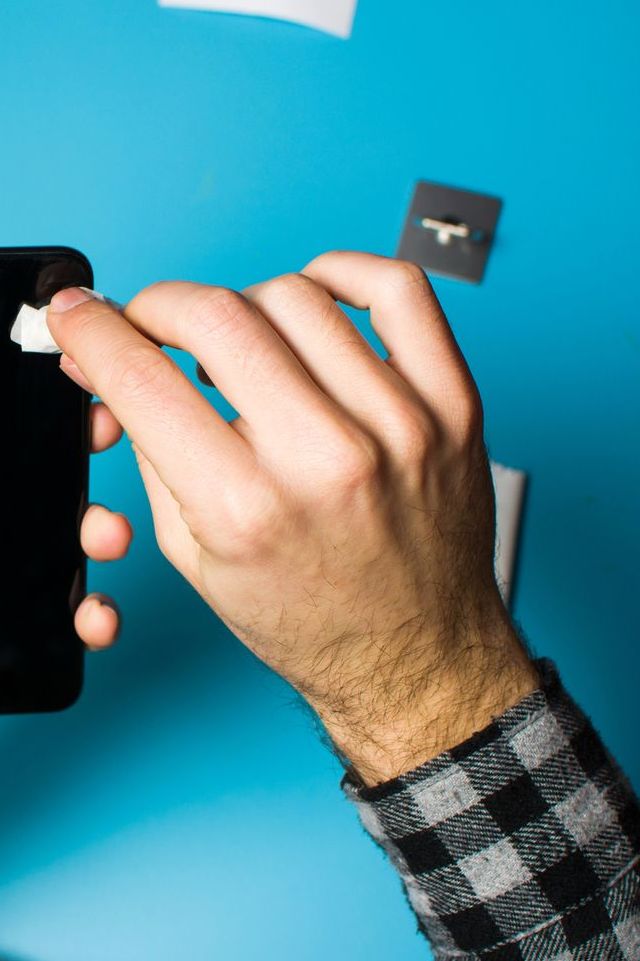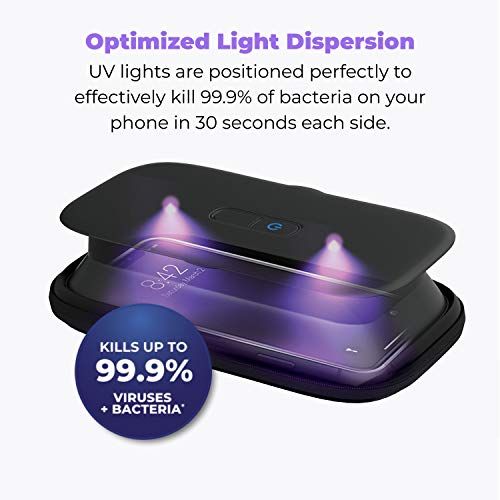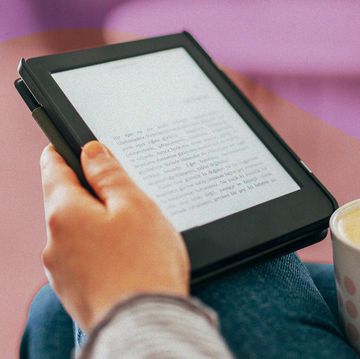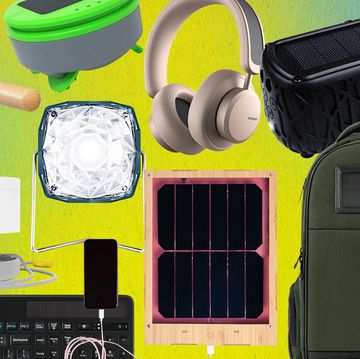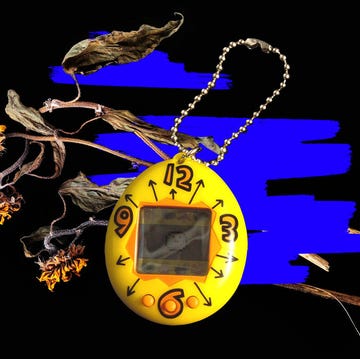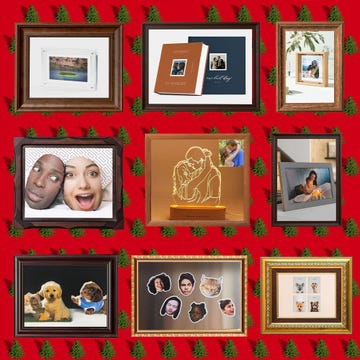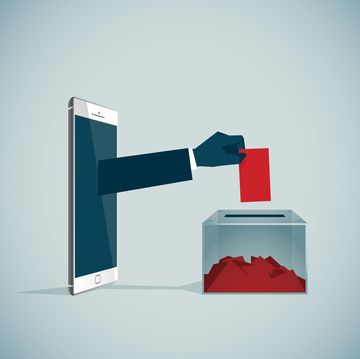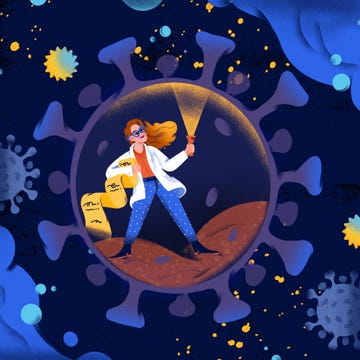- As the Coronavirus continues to rage across the globe, the U.S. Centers for Disease Control and Prevention (CDC) recommends sanitizing frequently used objects to help prevent the spread of the deadly virus.
- That includes your smartphone, which you probably haven't cleaned. Ever.
- To kill germs and bacteria hiding on your screen, avoid harsh chemicals, like those present in disinfectant wipes, because they could damage a special coating on the surface.
Update March 9, 2020: Apple released a new support page today, amid the spread of Covid-19, alerting anyone with its products that a solution of 70 percent isopropyl alcohol is permissible for use in cleaning your iPhone, MacBook, or other Apple device.
This represents a move away from the company's prior warnings not to use disinfectants, like Clorox wipes, because they could harm a protective coating on your touchscreen.
As the U.S. Centers for Disease Control and Prevention (CDC) continues to dole out advice for lowering your risk of catching the Coronavirus, you're probably washing your hands a little longer and touching your face a little less. But there's another easy step you can take to stay protected — and if you're anything like us, you rarely consider it.
Your smartphone, as it turns out, is covered with 10 times the amount of bacteria found on a toilet seat, says a study from the University of Arizona. Sounds shocking, but it makes sense: Janitors scrub toilets every day. When's the last time you really wiped down your iPhone? Never?
Now that you know the dirty truth, it's time to take action. Your first instinct might be to use a Clorox wipe, which promises to kill 99.99 percent of household germs and bacteria. But that wouldn't be wise: This kind of wipe could actually damage the delicate oleophobic coating on your phone that's meant to prevent oils from your fingerprints sticking to the surface.
If you want to truly clean your smartphone, Apple recommends using a soft, microfiber cloth, just like the ones you use to wipe your corrective lenses with. (This advice applies to all phones, not just iPhones.) You can add warm, soapy water to the cloth to wipe down and disinfect your phone's surfaces, Apple says, but just make sure you unplug all cables, turn off the device, and keep water from creeping into any openings.
To take the TLC up a notch, buy a UV-C LED sanitizing light, which kills bacteria and viruses on contact.
UV-C stands for germicidal ultraviolet light. It works by deactivating the DNA inside bacteria, viruses, and other pathogens, effectively ceasing their capability to reproduce and spread disease. More specifically, the UV-C light damages nucleic acids inside these microorganisms, forming covalent bonds that prevent DNA from unzipping for replication. When the bacteria or virus tries to replicate itself, it drops dead.
Now that your phone is clean, don't undo everything by snapping it into a germy, gross case. Depending on the type of case you have, there are different disinfectant agents that you should use.
Plastic: Use a chlorine bleach and water solution and scrub the crevices with a toothbrush or sponge.
Rubber/silicone: Use dish soap and water to scrub the case. You can also add baking soda to remove any stains, but don't skip the dish soap for disinfecting purposes.
Wood: To prevent damage, use a vinegar and water solution. (Just know vinegar isn't technically an official disinfectant.) You can instead use hydrogen peroxide, but it could impact the look and feel of the wood.
Leather: Use water and mild hand soap. Follow up with a leather conditioner to maintain the soft, buttery feel of the leather after cleaning.
Get Shondaland directly in your inbox: SUBSCRIBE TODAY
